7 tips for avoiding water damage and water loss this winter Posted on December 7, 2021
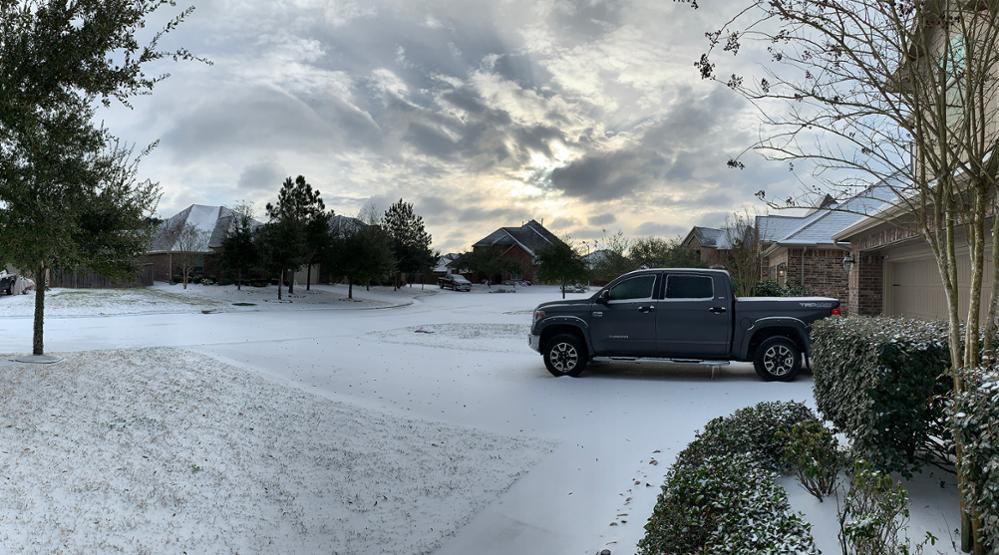 After an unprecedented winter storm wreaked havoc across Texas in 2021, many of us are wondering what this winter has in store for us. More than half of Texans lost electricity at some point during last year’s Winter Storm Uri, and nearly one-third reported water damage in their homes, according to a report by the Hobby School of Public Affairs at the University of Houston. Additionally, the storm was the single biggest insurance claim event in state history.
After an unprecedented winter storm wreaked havoc across Texas in 2021, many of us are wondering what this winter has in store for us. More than half of Texans lost electricity at some point during last year’s Winter Storm Uri, and nearly one-third reported water damage in their homes, according to a report by the Hobby School of Public Affairs at the University of Houston. Additionally, the storm was the single biggest insurance claim event in state history.
What can we expect this winter? Unfortunately, it’s hard to predict. The National Weather Service has declared that La Niña conditions are currently in place, which typically means we’ll experience a drier and warmer-than-average winter. But La Niña conditions were in place last year as well. “We can’t predict whether or not we’ll experience another exceptional winter weather storm like Uri because they are such unusual events and a much bigger wild card in terms of forecasting,” says Texas Water Development Board Hydrologist Dr. Mark Wentzel.
Even though we can't always predict extreme winter weather in advance, weather forecasts provide us some time to prepare. Before the mercury drops, it’s important to be proactive and take precautions to check for leaks and avoid water damage in and around your home, your pool, or RV.
Here are seven Texas Water Development Board tips to help you avoid costly repairs and unnecessary water loss this winter season.
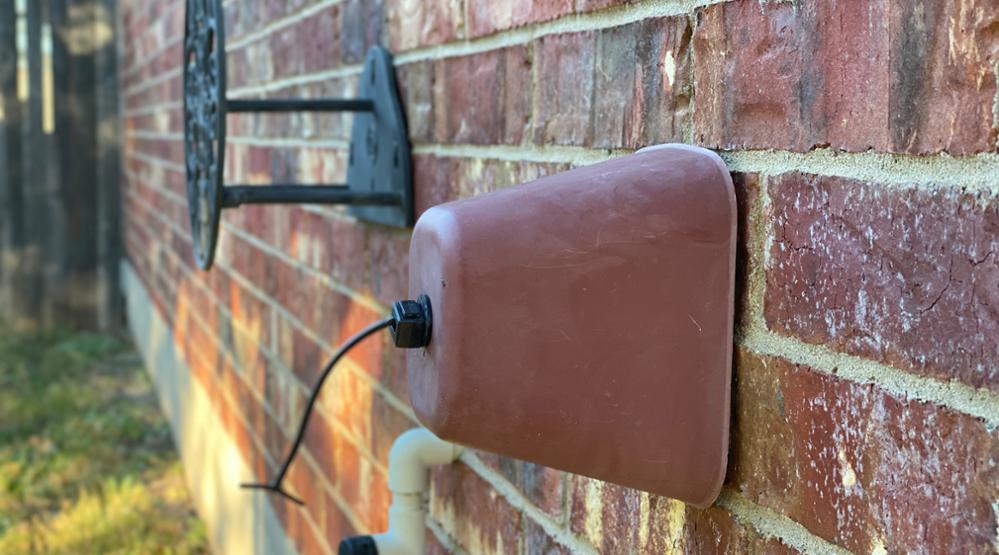
Tip #1: Protect your pipes
Burst pipes are one of the most common causes of property damage during the winter and can cause thousands of dollars in water damage—easily $5,000 or more, according to the Insurance Institute for Business and Home Safety. Water pipes have the potential to freeze and burst when the outside temperature reaches 20 degrees or below. Protect outdoor faucets and exposed pipes by wrapping them with rags and tying with bungee cords or zip ties. You can also purchase foam or fiberglass pipe wrap designed to be used on exposed pipes. Remember that the goal is to prevent frozen pipes in unheated spaces, so you should be mainly concerned with exposed exterior pipes and pipes in unheated garages, attics, and crawl spaces. Usually, it's not necessary to insulate pipes that run through interior walls.
Handy helper: Electric heat cable kits keep your water pipes from freezing by automatically adjusting their heat output based on temperatures.
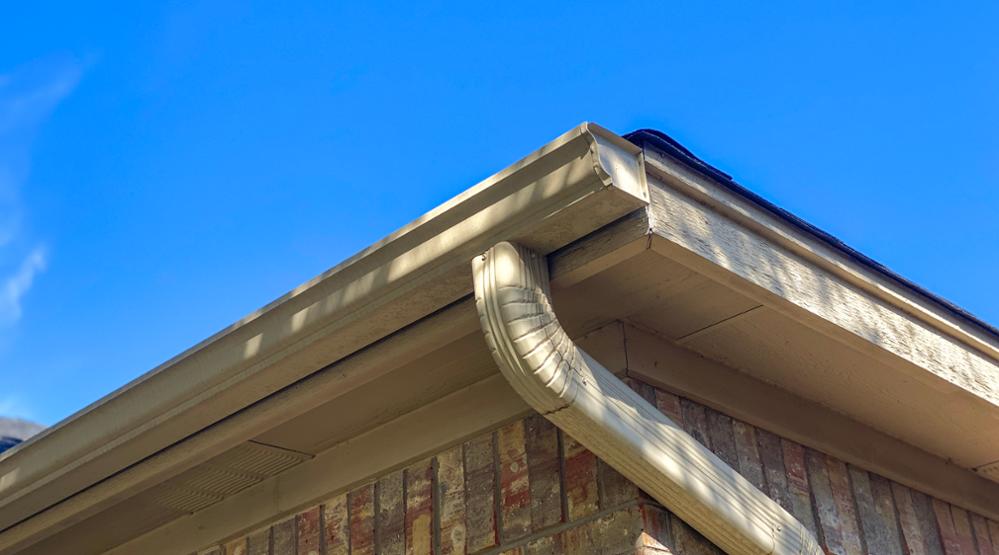 Tip #2: Examine the exterior
Tip #2: Examine the exterior
Water can do serious damage when it's flowing where it shouldn't be. It's a good idea to step outside and take a look at your roof, gutters, and downspouts. Broken shingles or damaged flashing can be a sign that water might be penetrating your roof. Also, consider grabbing the ladder and cleaning the leaves out of your gutters to allow rainwater to flow properly. You might also need to add extensions to your downspouts if the water isn’t running far enough away from the foundation of your house.
Handy helper: Gutter guards prevent leaves and debris from clogging your gutters while allowing rainwater to flow through.
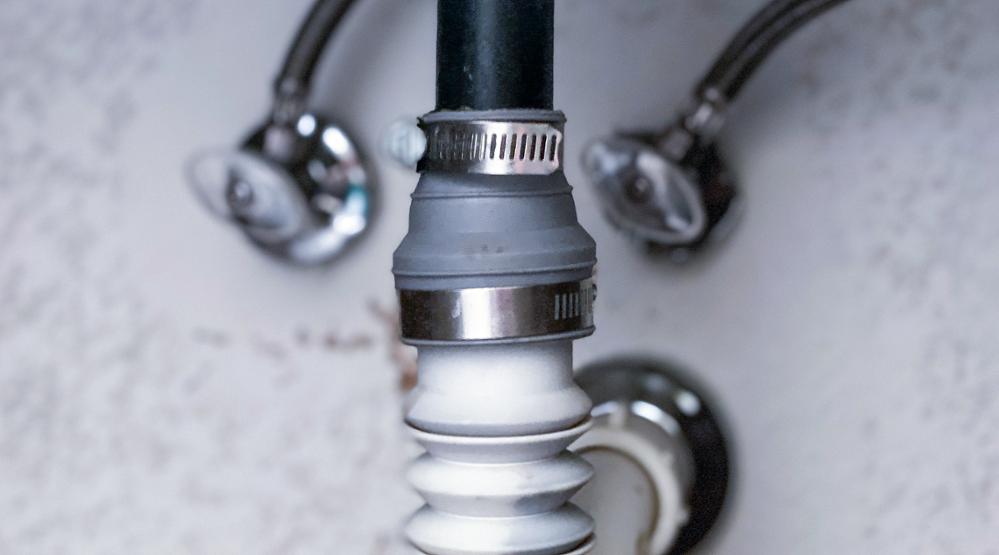 Tip #3: Look for leaks
Tip #3: Look for leaks
In addition to looking for leaks around toilets, under sinks, in and around showers and tubs, and near water heaters, you can perform a whole house water leak check using your water meter. Larger leaks can often be detected by performing a simple check that involves turning off the water inside and outside the home, recording a water meter reading, waiting 15 minutes, and reading the meter again. If the meter records any water use during the test, it might be due to a large leak or a combination of small leaks.
Handy helper: Smart leak detectors and water shut-off valves allow you to control and monitor your pipes through a smartphone app. More advanced models let you turn off your home’s water supply from anywhere. If your water meter is “smart” or digital, check with your utility about tracking your water use through an app or customer portal.
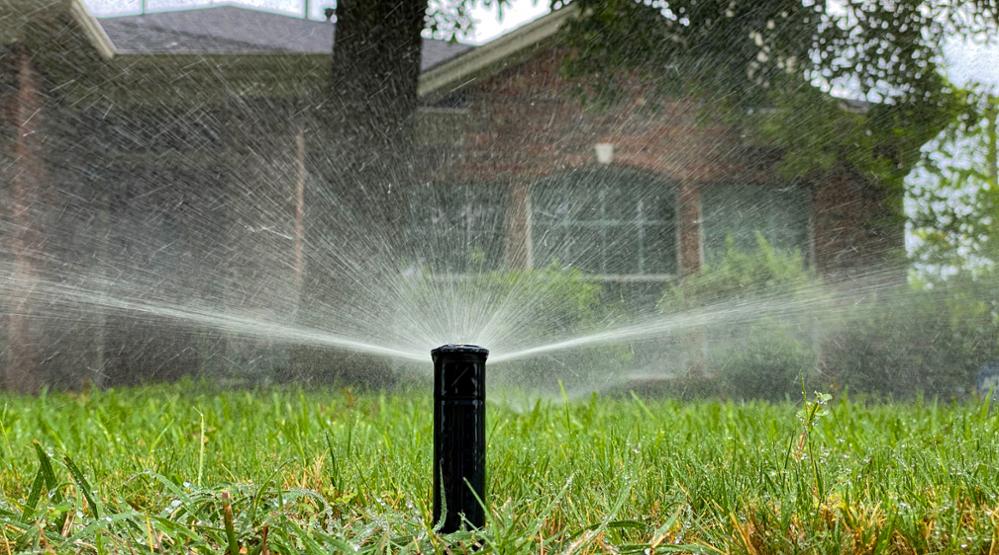 Tip #4: Stop the sprinkler
Tip #4: Stop the sprinkler
Be sure to shut off your sprinkler system during the winter months to help conserve water and prevent damage to the system if temperatures drop below freezing. If your system has a main shut-off valve, you can turn off the water supply there as well. Wrap exposed pipe with insulation to prevent a cracked or busted valve. If your area is prone to prolonged freezing temperatures, you might want to drain the underground pipes before the first freeze. If water is left in sprinkler system lines or valves, it could freeze and expand, causing components to burst. Consult the owner’s manual for your irrigation system and consider contacting a professional before winterizing your system.
Handy helper: Use an air compressor to force air through the irrigation system to remove excess water through the sprinkler heads. However, unless you are an expert, this might be best left to professional irrigation specialists.
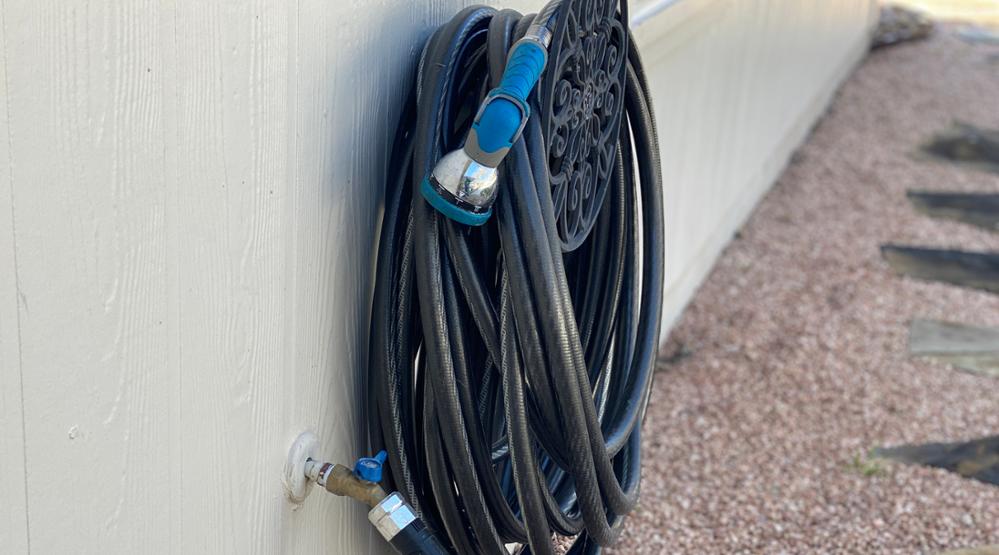 Tip #5: House the hose
Tip #5: House the hose
Now is also a good time to drain any water hoses and store them indoors. Make sure you insulate faucets after removing hoses.
Handy helper: A garden hose reel can make reeling up an unruly hose much simpler and keeps things tidy.
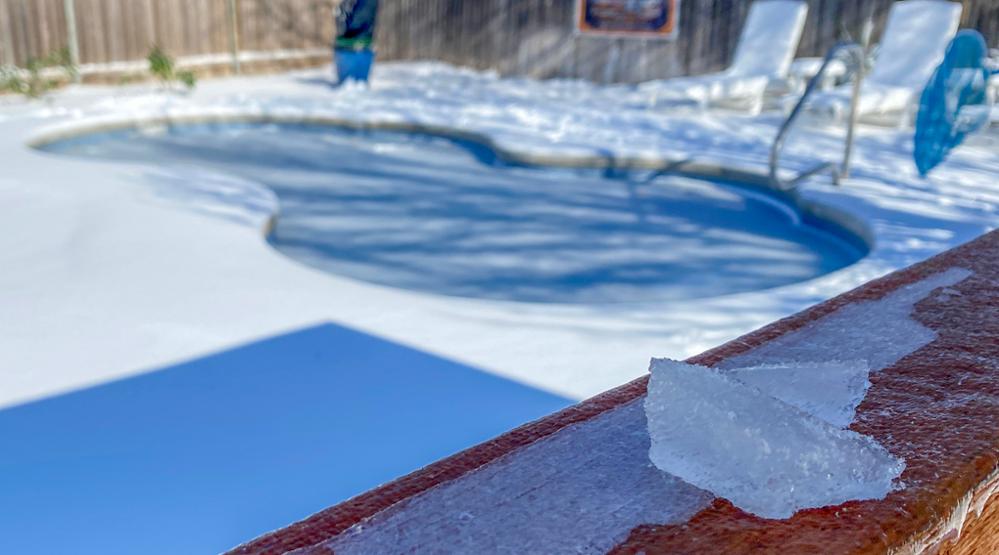 Tip #6: Protect the pool
Tip #6: Protect the pool
Properly winterizing an inground pool can ensure your system is in good shape next summer. While different types of pools require different approaches, some off-season tips apply to most pools to ensure the health of your pool water: remove debris, scrub pool walls, clean filters, and balance pH levels before covering your pool or shutting down the pump (if your pool and climate are suited for a system shutdown). Consult your owner’s manual or a pool services professional for other specific winterization steps for your pool.
Handy helper: Talk to your pool services professional about pool winterization kits to preserve your pool water between seasons.
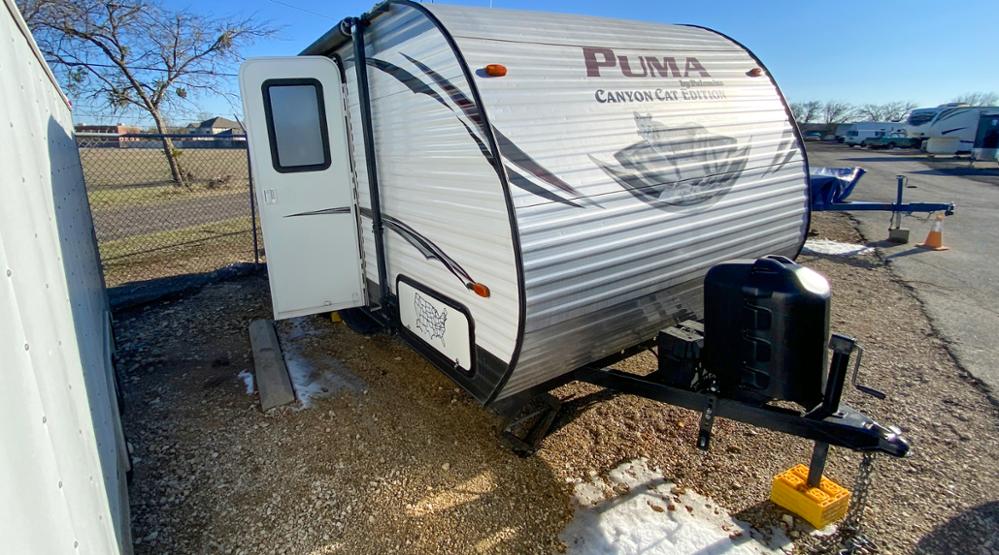 Tip #7: Ready the RV
Tip #7: Ready the RV
Recreational vehicles afford owners the freedom to hit the road and have somewhere cozy to spend the night. But if you don’t make the effort to prevent problems when your RV is stored for the winter, you could face problems down the road. Winterizing your travel trailer or motorhome is critical to avoid costly repairs. First, make sure you follow the advice provided in your owner’s manual. The most important step to take is purging the entire water system by draining your black and gray water tanks and the water heater lines. Some experts also suggest adding antifreeze to your toilet, sink, and shower lines.
Handy helper: Thermostatically controlled heating pads will heat holding tanks and are designed to stop your fresh water and waste storage systems from freezing.
Note: Content in this article was previously published.
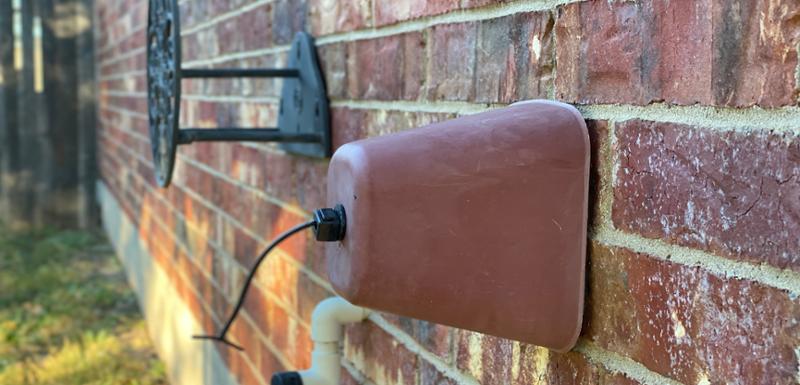
This article is posted in Weather .